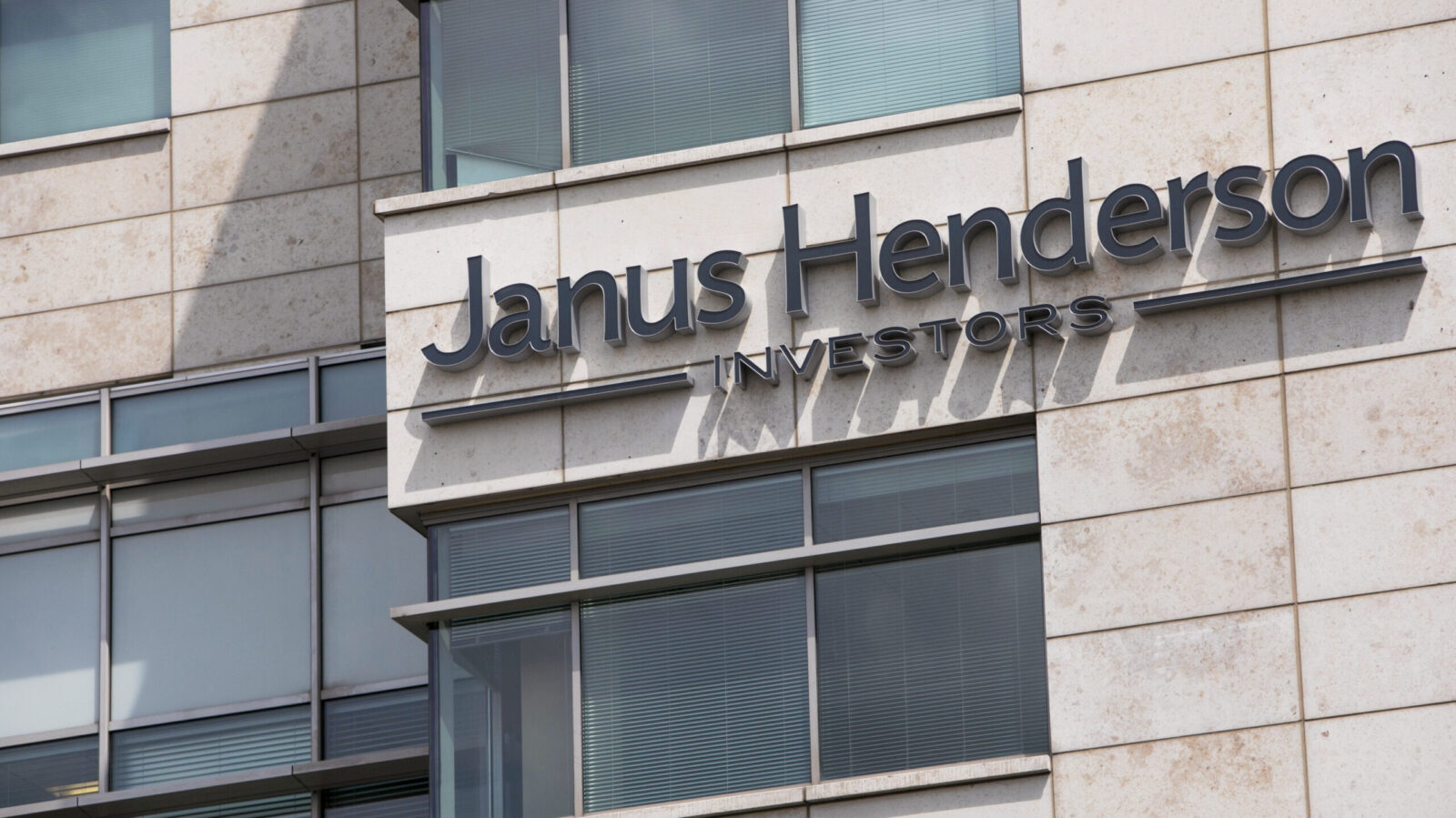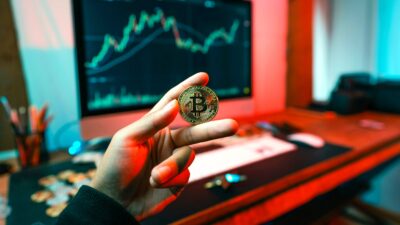Are Leveraged ETFs to Blame for Selloffs? JPM Says Yes
Analysts from JPMorgan on Monday wrote that levered ETFs might worsen macro swings by increasing intraday volatility.

Sign up for exclusive news and analysis of the rapidly evolving ETF landscape.
When markets tumble, everyone starts looking for a suspect, and leveraged ETFs could be next in the police lineup.
JPMorgan analysts blamed levered ETFs for Friday’s stock selloff, which resulted in the S&P 500’s biggest one-day loss since April, in a research note published Monday. JPMorgan Managing Director Bram Kaplan said leveraged products will “likely trigger further systematic selling flows this week, leaving markets fragile.” Although the drop was triggered initially by President Donald Trump’s threat of new tariffs against China, the note estimated that roughly $26 billion of selloffs from leveraged ETFs worsened the decline.
While experts agreed on the dangers posed to individual investors by leveraged funds, not everyone was convinced of their widespread risks. “I wouldn’t say that leveraged ETFs wholesale create systemic issues,” said Bryan Armour, Morningstar’s director of ETF and passive strategies. “But there definitely have been instances where they make things worse.”
Swap-A-Thon
Leveraged ETFs are still relatively new to the scene, but the role they play in shaping macroeconomic trends might be outsized. Leveraged ETFs typically hold swaps instead of options. Because of the structure and high liquidity of swaps, their price can swing wildly, particularly in leveraged products, which promise 2x or 3x returns on underlying holdings. “Forced buying and selling when everyone knows roughly what they’re going to have to do can be very problematic,” Armour said. “It can increase volatility [and] hurt investors in the leveraged ETF, because then they have to sell lower and buy higher each day.”
Still, there is reason to believe levered products aren’t all to blame:
- Leveraged ETFs account for just 1% of the ETF industry’s $12 trillion in assets in the US, according to a Reuters report.
- If the S&P 500 can return to its previous level, a “positive gamma” environment — where price changes help investors in their current positions, rather than forcing them to change — will return.
Ultimately, Armour doesn’t think the amount of assets these ETFs currently hold is significant enough to have much of an impact. The largest 3x leveraged product is the ProShares UltraPro QQQ (TQQQ), which only has around $29 billion in AUM, according to VettaFi data.
Doesn’t Ring a Bell. The hope is that individuals will recognize the risks of these funds before buying into them, said Morningstar research analyst Lan Anh Tran. “It’s hard to tell where investors are interested in putting their money next,” she said. “With these leveraged or inverse leveraged ETFs, they blow up every once in a while, and then the next year, it seems people are going through a collective amnesia. They forget that that ever happened.”











